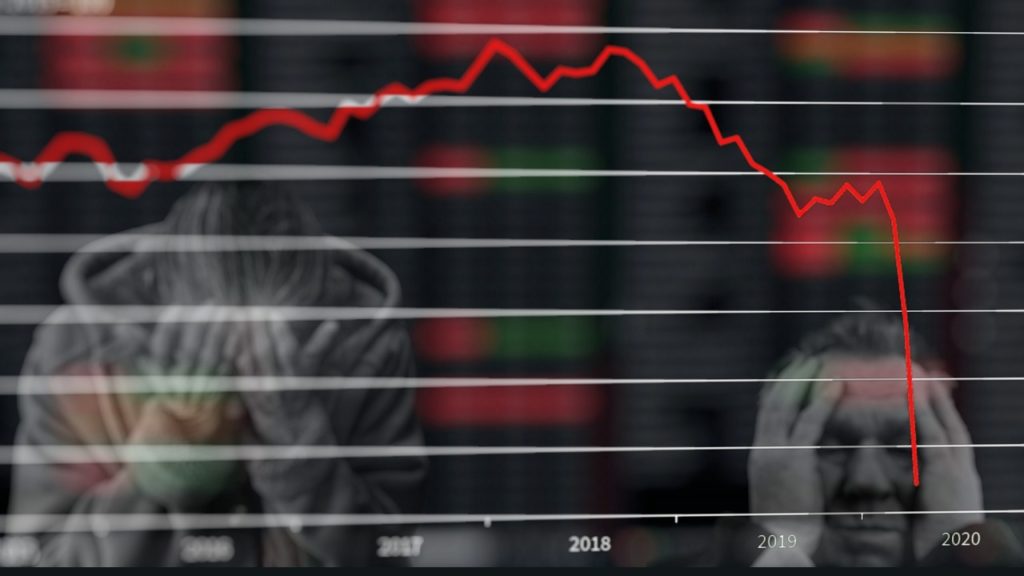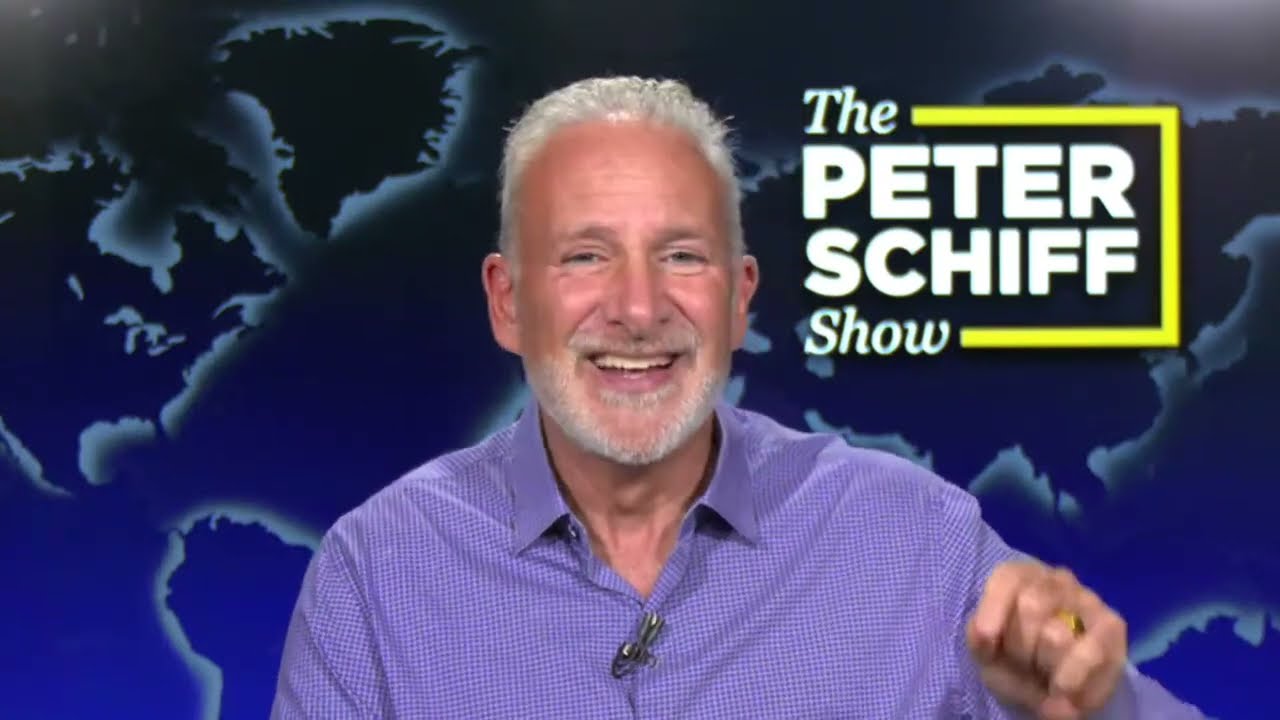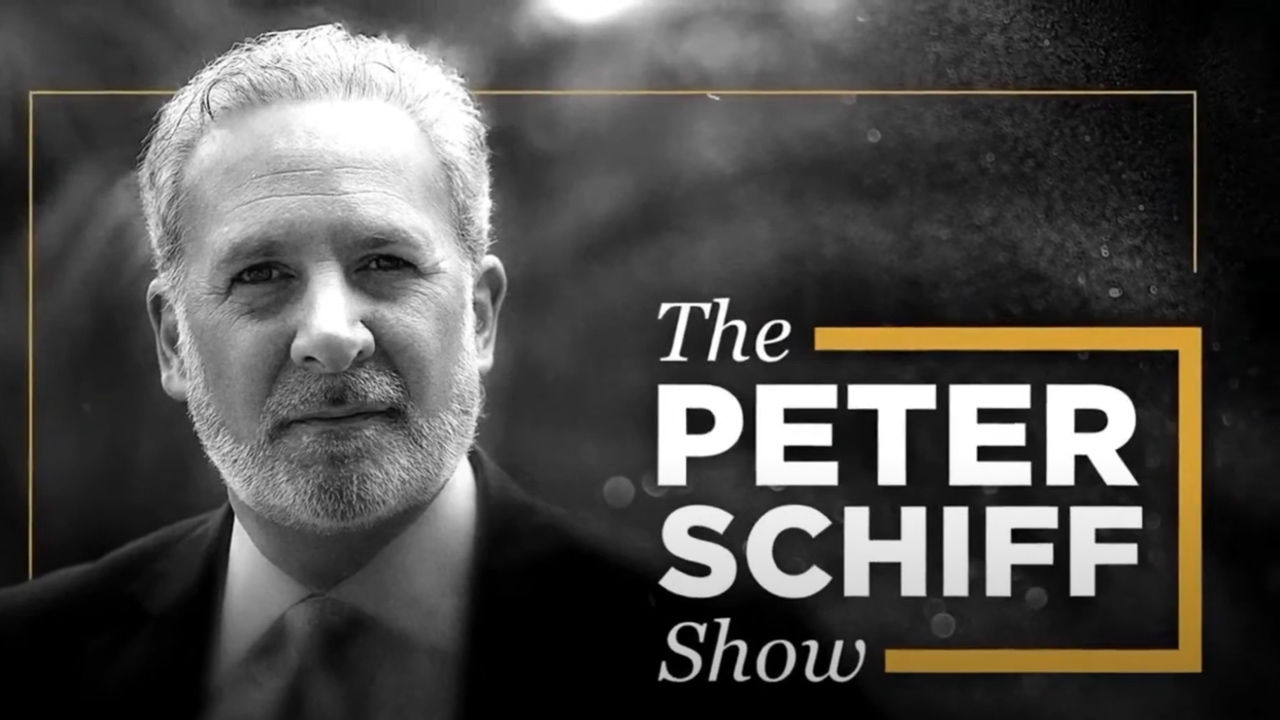Peter Schiff: These Jobs Aren’t Coming Back
The US Labor Department released its April non-farm payroll report on Friday and it was as bleak as expected. As Peter Schiff put it, it was the weakest jobs report in the history of jobs reports. And even worse, a lot of these jobs are never coming back.
A record 20.5 million Americans lost their jobs last month and the unemployment rate surged to 14.7%. It was the largest and most sudden rise in joblessness since the government started tracking the numbers.
This piles onto the March job losses, which were revised up from 701,000 to 870,000.
Not only did millions lose their jobs; a lot of Americans dropped out of the job market completely. The labor force participation rate fell to 60.2.
Average hourly earnings soared, but this isn’t a good sign. It certainly doesn’t mean people got raises. It reveals that a lot of lower-income workers lost their jobs.
As bad as the numbers were, they actually weren’t as bad as expected — that is until you read the fine print. The Bureau of Labor Statistics added sort of an asterisk saying that the actual job losses could have been close to 30 million and unemployment could be at 19.5%. Peter said, “Who the hell knows,” but he’s pretty certain the picture is probably worse than the one the official numbers paint.
The government is even indicating that. Just take these numbers with a grain of salt, because as bad as they are, they’re probably a whole lot worse.”
Peter said a lot of people seem to assume that this is temporary and that the jobs are going to come back. That’s simply not going to happen.
As one example of the uphill road facing the economy, retail stores have been crushed during the pandemic and they are going to have a hard time coming back. In an interview, a department store manager talked about the steps the store would take to protect employees and customers from COVID-19. For one thing, it isn’t going to allow people to try on clothes. But as Peter pointed out, that’s one of the few advantages a brick and mortar store has over online shopping. And as Peter pointed out, we’re going to see these kinds of inconveniences across the retail and service sectors.
The conditions under which these businesses are going to have to operate are just not very appealing to the customers and the customer has a choice. Most of this stuff is discretionary spending. We have the discretion to do it or not. And you know what? I mean, let’s just not do it. Lots of people are going to be thinking that way.”
A lot of these companies were in for a difficult time without COVID-19. Now they have this added burden. Peter reiterated we’re not going back to normal.
The system itself is working against a recovery in employment. In many cases, the “enhanced” unemployment benefits pay more than working. People are incentivized not to go back to work. Former Treasury Secretary Jack Lew said the enhanced unemployment program needs to stay in place until unemployment falls back to pre-pandemic levels. Peter said that could take a decade or more.
How can we continue these kind of payments? In fact, if we do continue to pay people more money not to work than we’re paying them to work, they’re never going back to work. They’d be idiots to go back to work. So, just continuing this program guarantees that people are not going to go back to work.”
Peter also pointed out something that should be pretty obvious – the economy can’t recover if people don’t go back to work. Handing out government money created out of thin air and hoping people spend it to support the economy doesn’t solve the problem. People can’t consume if they aren’t producing any stuff. There’s nothing to buy.
Of crouse, we can theoretically buy stuff other countries are producing, but at some point, they’re going to stop taking our useless paper.
If we’re just going to shelter in place, and we’re going to dole out money, and we’re just going to run up trillions and trillions and trillions in annual budget deficits, how much longer is the dollar going to hold up? … How much longer can the dollar stay afloat when we’re basically sinking it? We’re basically daring the world to dump the dollar.”
And there’s no sign that the extraordinary monetary policy that is undermining the dollar will end ever. In fact, the markets are starting to bet on negative interest rates by the end of the year. Peter digs into the Federal Reserve balance sheet numbers in this podcast as well.





 Peter’s back in Puerto Rico this week for his podcast after another week of record gold prices. In this episode, he discusses media coverage of inflation, this week’s CPI report, and Bitcoin’s weakening price relative to gold.
Peter’s back in Puerto Rico this week for his podcast after another week of record gold prices. In this episode, he discusses media coverage of inflation, this week’s CPI report, and Bitcoin’s weakening price relative to gold. This week Peter recaps another stellar week for precious metal. He also discusses Friday’s jobs report, commodity prices, and Bitcoin.
This week Peter recaps another stellar week for precious metal. He also discusses Friday’s jobs report, commodity prices, and Bitcoin. This week Peter returned from vacation, and he was just in time for a surge in the price of gold. He discusses the factors contributing to gold’s record prices, the similarities between today and the 1970s, and data pointing to future inflation in America.
This week Peter returned from vacation, and he was just in time for a surge in the price of gold. He discusses the factors contributing to gold’s record prices, the similarities between today and the 1970s, and data pointing to future inflation in America. This time Peter tackles Jerome Powell’s speech from Wednesday, in which he announced that the Fed is holding the federal funds rate between 5.25 and 5.5%. He also briefly discusses Bitcoin’s pullback and the media’s lies about Donald Trump.
This time Peter tackles Jerome Powell’s speech from Wednesday, in which he announced that the Fed is holding the federal funds rate between 5.25 and 5.5%. He also briefly discusses Bitcoin’s pullback and the media’s lies about Donald Trump.  In this episode, Peter reacts to a hotter-than-expected CPI report, big trades in Bitcoin, and the federal bill that would ban the popular social media app TikTok. He also notes silver’s historically low price, which is nearly 50% of its 2011 high.
In this episode, Peter reacts to a hotter-than-expected CPI report, big trades in Bitcoin, and the federal bill that would ban the popular social media app TikTok. He also notes silver’s historically low price, which is nearly 50% of its 2011 high.